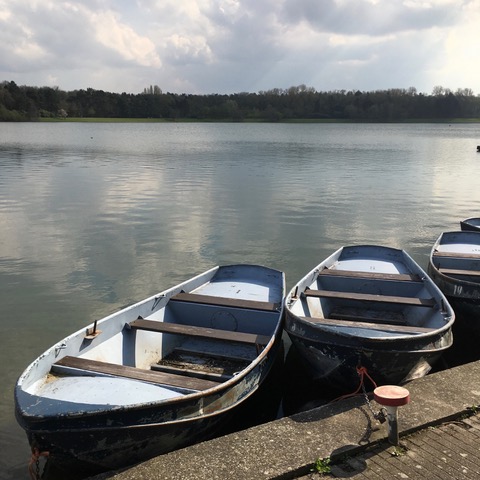
If you call yourself a passionate professional, be it an entrepreneur or a employee, you probably like to work hard. It’s what you do and… what you are proud of. You’re very busy, working long days and then there’s your ‘time off’, which you also like to use as efficiently as possible.
Maybe you want to be healthy and because of that you work out, want to cook healthy food…
You might want to spend quality time with your family, planning and exciting trips to have lots of quality memories …
You might want to attend courses, meet friends, visit museums and go to the movies…
Maybe you suffer a little bit from FOMO (=Fear of Missing Out)?
This shouldn’t be a problem, however, it does mean that after a very busy day, you just continue to be equally ‘busy’…
And when do you rest?
“I love these activities … I find them relaxing.
Am I not allowed to relax after a hard day’s work?”
I understand you like these activities, so do I. And it’s very likely that when you do them, you don’t think about work (I hope so!) but… not working and/or not thinking about work is not the same thing as resting and… your body really needs to rest.
You’ve probably heard about the stress reaction: whenever you’re confronted with a stressful situation, you’re body goes into the fight or flight reaction. It all happens automatically and it’s taken care of by your autonomic nervous system. This autonomic nervous system consists of 2 parts: the sympathetic and the parasympathetic. The sympathetic sets the fight-or-flight in action, you can compare it to an accelerator. The parasympathetic, on the other hand, makes sure that after the stressful event, everything goes back to normal. This would be your brake.
“But what are you talking about? I don’t feel stressed at all?!”
A lot of people don’t know that the combo of accelerator and brake is working all the time, not just in stressful situations… From the moment you’re ‘active’, you are hitting the accelerator, stress or no stress… You’re entering into the ‘red’ zone… And how do you recuperate? Mostly while you are asleep, but also when meditating or practicing relaxation techniques… At that moment you are recharging the batteries and you find yourself in the ‘green’ zone.
But what if you keep on being busy and stay in the red zone… ? This might stop your accelerator-brake system from working properly so that you will stay in the ‘red’ zone, even when you are sleeping (and you are supposed to be recharging…).
And do you know what the worst part is? You might not realise this is happening, until you feel increasingly more tired and finally … it’s too late: you might fall ill.
How do you know you are spending too much time in the ‘red’ zone? That’s our topic for next time but in the meantime: make sure to create enough ‘green’ zones in between the ‘red’ ones…
- Don’t stuff your days with countless activities (yes, also the fun things get you into the ‘red’ zone…). “Can’t I do anything for fun anymore?” Of course you can! But make sure there is also time to recuperate.
- Don’t rush from one meeting to another, not even when it’s ‘fun’ meetings… Create short spaces of rest (5 minutes can be enough).
- Make sure to recuperate a bit extra at night: especially the last hour before going to bed shouldn’t be too active. No intensive sports activities, no scary movies or videogames, no computer screens… Make sure to prepare your system for relaxation, so you can recuperate during your sleep.
- Make sure to book some extra ‘green’ time during the weekend. ‘Green often stands for ‘slow’ or ‘rest’: read a nice book, go for a walk (not too quickly…), enjoy some cuddling with the kids…
You can’t burn the candle at both ends.
Think about top athletes: after their top performances, there are always periods of rest, to make sure they can perform again next time. So… when you work hard, make sure to rest ‘hard’… , so you can keep on doing the job you love in a healthy way!
What can YOU do to add some more ‘green’ to your life? Please share below!
If you liked the above, you can sign up for more Tips & Tricks here.
Looking forward to hearing from you!

